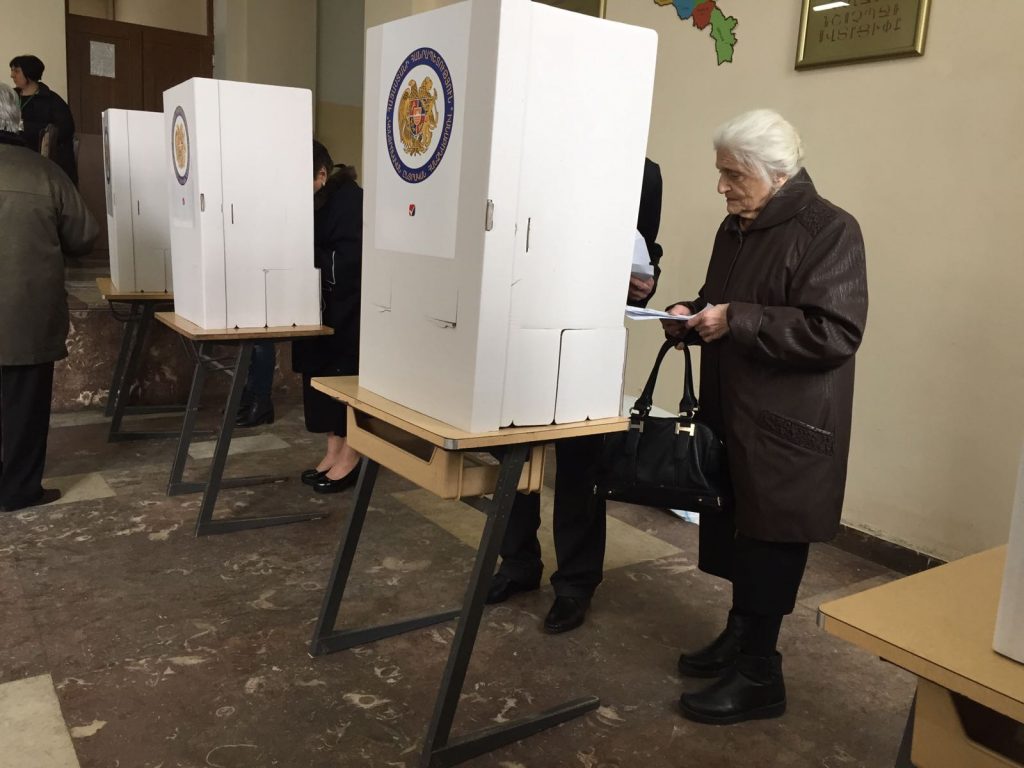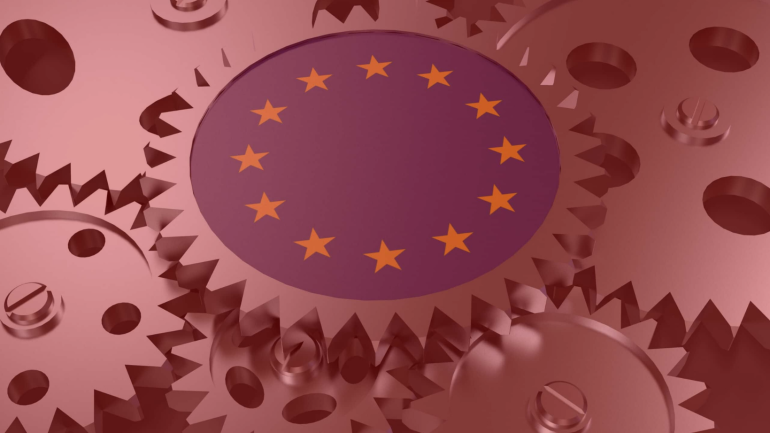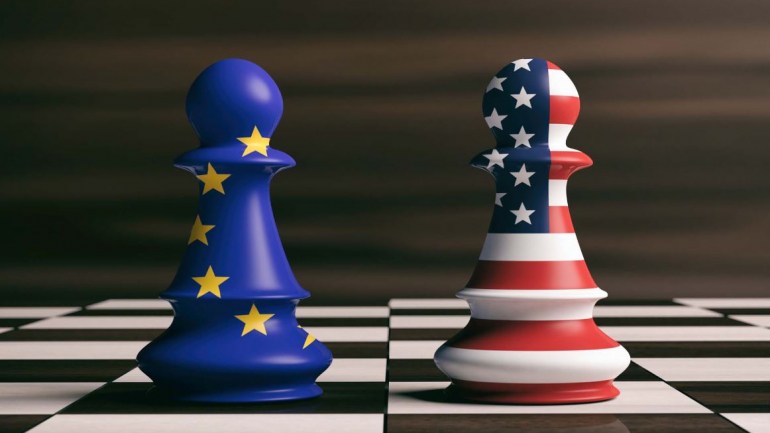
[authorbox authorid=”56″ title=”The Author”]
Armenia recently found itself in the odd position of having the eyes of the world turn towards it for the past two weeks.
Eyebrows were first raised in March of 2018, when President Serzh Sargsyan was nominated for the position of Prime Minister under President Armen Sarkissian, triggering the protests that would suddenly engulf the country due to a pledge that Sargsyan made in 2014 as President: that he would not assume the role of Prime Minister following the constitutional amendment that transferred the majority of power from the President to the Prime Minister.
His nomination was seen as nothing more than a power grab, similar in behaviour to Putin and other authoritarian state leaders, as prior to his election as President he had completed a previous term as Prime Minister of Armenia, had amended the constitution towards the end of his mandate, and worse yet, he was seen as having broken his word to the people he had sworn to serve.
However, it was on the 17th of April 2018, when Sargsyan was elected as Prime Minister that the acts of civil disobedience began. The protestors had initially planned to form a blockade surrounding the building of the National Assembly in order to prevent the vote to elect a new Prime Minister; however, they were stopped by lines of riot police and the vote occurred regardless of their intentions.
This seemingly authoritarian act further galvanized the opposition, with protests spreading across the country and gaining steam within Yerevan, despite attempts to close streets across the capital. There were attempts at discussion, with the Armenian President meeting the leader of the protest movement and Member of Parliament Nikol Pashinyan, and a short meeting occurring between the MP and the Prime Minister. However, these talks broke down within minutes and led to the Prime Minister issuing a reminder of the “lessons of March 1”, where 10 protesters were killed by police forces following the election of Sargsyan.
These continued failures in communication combined with the increasingly authoritarian behaviour of the Armenian state led to Pashinyan leading a march through the capital, met by Riot police armed with stun grenades, and led to the mass detention of protestors and the MP himself. The event further spiralled out of control when, on March 23rd, media outlets began to report that members of the Armenian armed forces had joined the tens of thousands who were protesting in Republic Square.
These two weeks of protests eventually led to the announcement by Prime Minister Serzh Sargsyan on the 23rd of April 2018, seemingly putting an end to the short-lived scandal in the young country, and underlined the democratisation that has occurred across the country in the years since its independence was declared.
“Nikol Pashinyan was right. I was wrong,” the Prime Minister said. “The situation has several solutions, but I will not take any of them… I am leaving office of the country’s leader, of Prime minister” were his final words.
In a region that falls within the shadow of the Russian state, having been former Soviet states and who have suffered Russian interference in their politics, the people won out through peaceful, gentle means. Rather than resorting to violence as is done in many former Soviet states, the government showed restraint and did not shed any blood. It was an entirely democratic event from both sides, even from the former Prime Minister who recognised that he no longer had a mandate to govern his country as Prime Minister.
Of course, questions remain as to what role Sargsyan will now hold within the country, with the acting Prime Minister Karen Karapetyan being a close ally of his. However there are multiple positives to draw from this situation, such as government officials being held to a higher degree of responsibility, the strengthening of political participation within the Armenian population, and feeding the ideas of democracy within the country in a manner not unlike those of May 1968 in France, albeit on a smaller level.
The developments within Armenia will also be closely followed by their allies within the European Union, who have been working closely with the state in order to build economic ties and improve democracy within the nation, as well as by their Russian neighbours, who will be holding their breath as they wait to see what stance the population will encourage the government to take.




